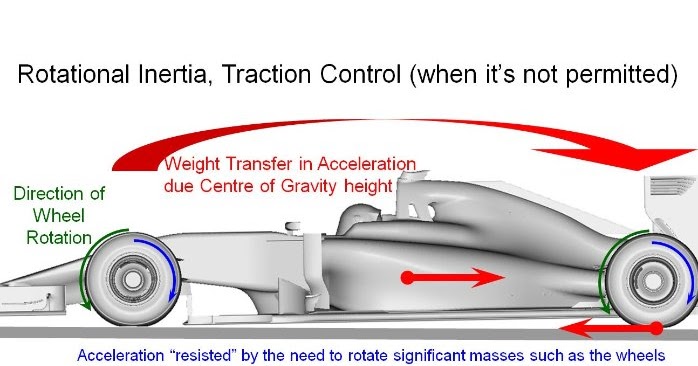So, I’ve been messing around with cars for a while now, you know, just a regular dude who loves getting his hands dirty under the hood. The other day, I got into this whole rabbit hole about whether F1 cars use traction control or not. I mean, those things are beasts, right? You’d think they’d need all the help they can get to stay glued to the track.
I started digging around, reading whatever I could find on the internet. Turns out, it’s a bit of a rollercoaster story. See, back in the day, traction control was all the rage in F1. Drivers were using it, and it was like this secret weapon to keep those powerful machines in check. But then, bam! In 1993, they decided to ban it. Can you believe it? They basically said, “Nope, you gotta handle all that power on your own, buddy.”

Here’s the kicker: they brought it back for a bit in the early 2000s, only to ban it again in 2008. It’s like they couldn’t make up their minds! So, as of now, no traction control in F1. It’s all about the driver’s skill and a whole lot of engineering magic to keep those cars from spinning out.
I even found out that they announced the ban on electronic aids, including traction control, during the 1993 Canadian Grand Prix. Imagine being there, hearing that news. It must have been wild!
Now, for us regular folks driving on the streets, it’s a different story. I learned the hard way that turning off traction control is a big no-no, especially if you’re thinking of pushing your car’s limits on public roads. I had a little incident in an empty parking lot once, and let me tell you, it wasn’t pretty. These systems are there for a reason, folks!
I did some tinkering to see if I could somehow get some data or to see how it feels.
- First off, I tried messing with my own car, a beat-up old sports car that’s seen better days. I figured, why not start there? I located the traction control button—it’s usually somewhere around the dashboard—and took it for a spin in that same empty parking lot. Let me just say, it was a whole different ball game with the traction control off. The car felt raw, untamed. I could feel every bit of power, and yeah, I spun out a couple of times. Not my brightest moment, but hey, I was curious.
- Then, I thought, “Why stop there?” I managed to get my hands on a racing simulator, one of those fancy setups with the steering wheel, pedals, and everything. I loaded up an F1 game and started playing around with the settings. It was eye-opening. Even in a virtual environment, you could feel the difference. With traction control on, the car was more forgiving. Turn it off, and you’re suddenly wrestling with a wild animal. It takes serious skill to keep it on the track.
- But I wanted to see how it worked in the real deal, not just simulations or my old clunker. So, I visited a local track that hosts amateur racing events. I talked to some of the mechanics and drivers there, trying to get a sense of how they handle traction without electronic aids. These guys were amazing. They talked about using the throttle and steering with incredible precision, feeling the car’s grip through the seat of their pants. It’s like a dance between the driver and the machine. They rely on special tires and perfect track conditions.
- During this whole escapade, I also tried to log some data. I hooked up a basic data logger to my car and recorded things like speed, acceleration, and wheel spin. The numbers were all over the place when I turned off the traction control. It was clear that the system plays a huge role in keeping things stable. I might not be a professional racer, but even I could see the science behind it.
So, what’s the takeaway from all this? Well, for starters, F1 cars don’t have traction control anymore. It’s all about the driver’s skill, the engineering of the car, and probably a bit of luck. And for us regular drivers, traction control is a lifesaver. Don’t mess with it unless you really know what you’re doing, and even then, maybe just stick to empty parking lots or, better yet, a simulator. It’s a wild world out there in the realm of high-performance driving, and I’m just glad I got to peek into it, even if it meant a few embarrassing spinouts along the way.

























